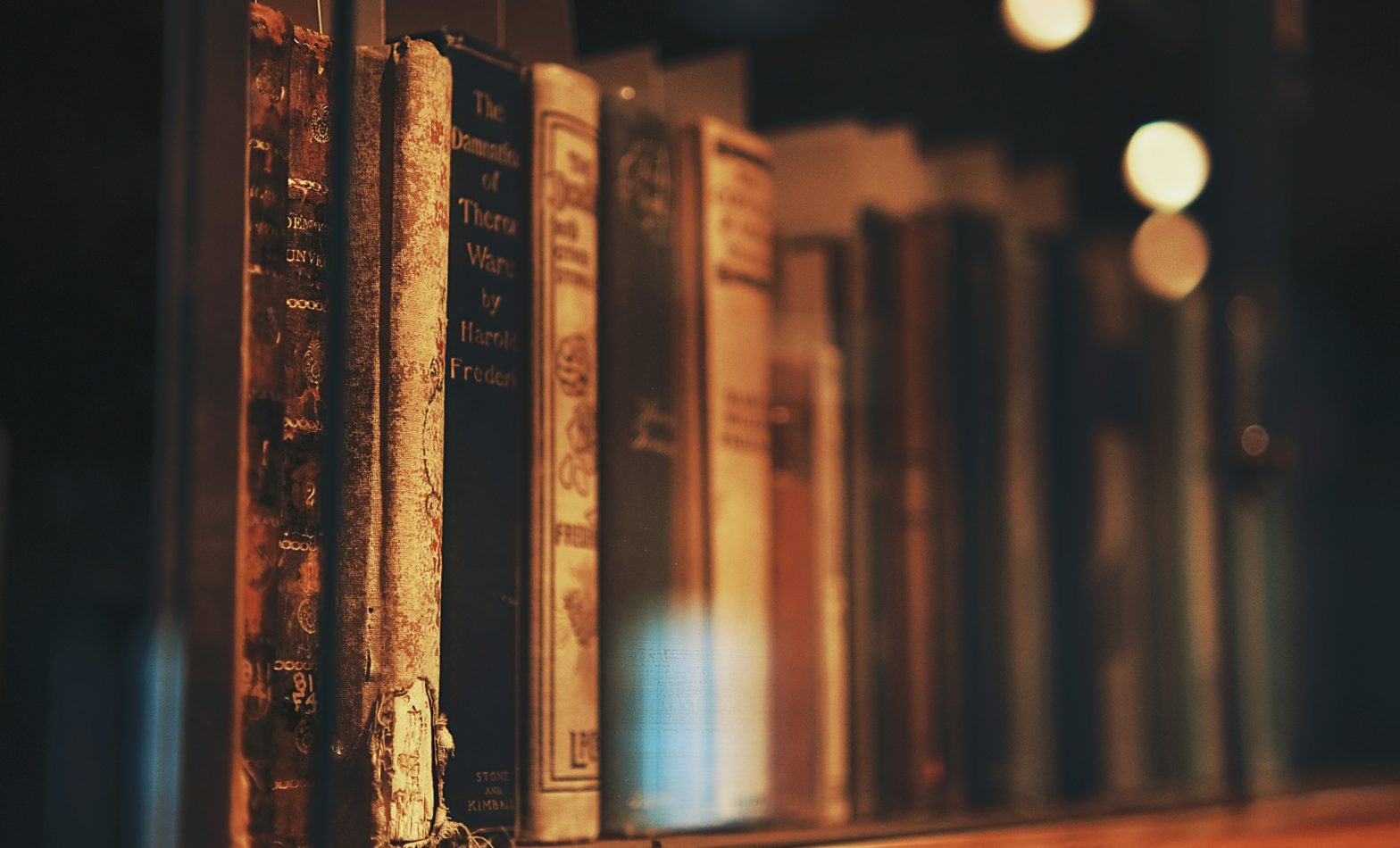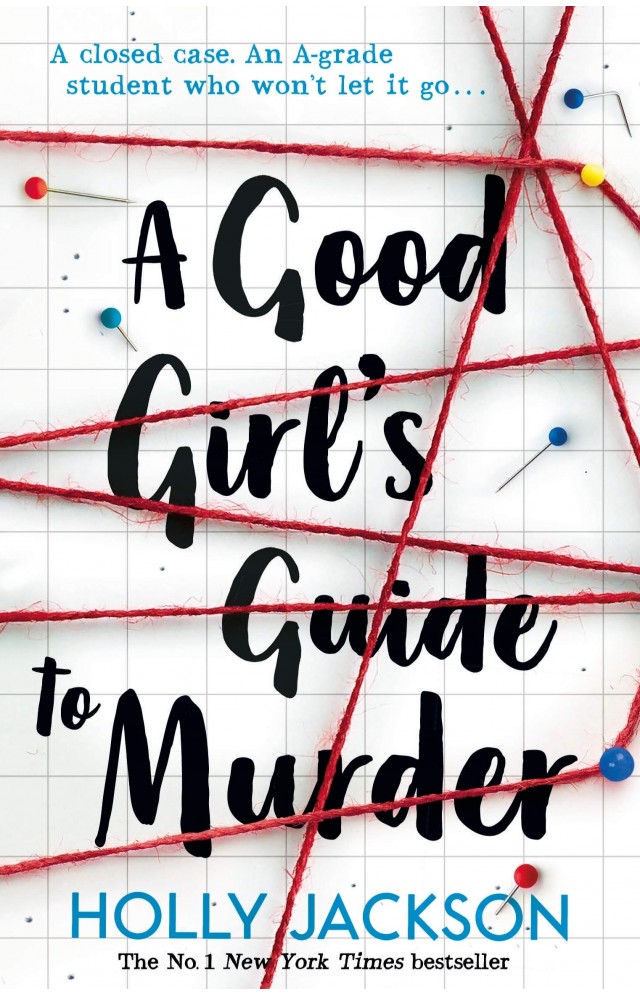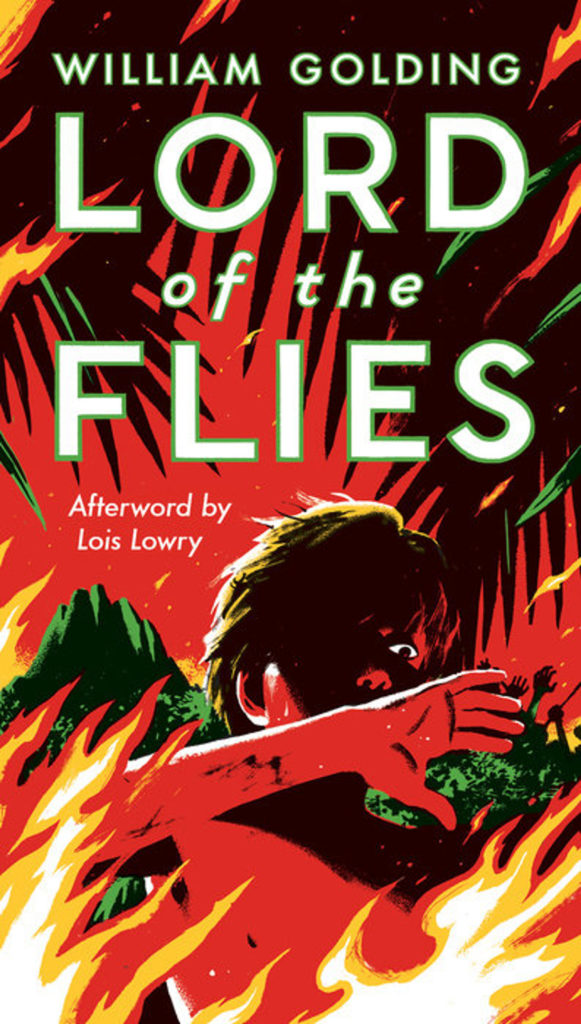Growing up, I assumed that when people talked about “classic” books, they meant any old book. I would hear the same ten or so talked about, mainly by Dickens, Austen, Homer, and a Bronte sister thrown in there. I loved visiting the Barnes and Noble classics table where they had beautiful bound editions of these books for a great price, and I probably have too many of those gigantic 5 or 7 novel, 1232 pages, author editions where I would have to flip through the entirely of Sense and Sensibility, Pride and Prejudice, and Mansfield Park to get to Emma.
What even is a “classic” book?
As I continued into high school and college, I became aware that there were more qualifications for a book to be a classic, but it was never really spelled out to me what those qualifications were. That is partially because there is no strict definition or body that decides what books are classics, but some general aspects can help us determine if a book is one or not. To be considered a classic, a book must continue to be read and relevant over a period of time, demonstrate literary and artistic quality, and have some cultural significance. This requires that these books resonate with an audience spanning generations; have universal themes that all readers can relate to; and have insightful, creative, and challenging thoughts and ideas throughout the text.
If a book no longer has any relevance to our view of its history or if current readers can no longer connect to its content, it cannot remain a classic. One of the biggest struggles I have encountered when it comes to classics is the fact that people can have a hard time connecting to them. While these stories can be brilliant and very beautifully written, there are a mass of books coming out that are connecting to audiences in a way that may seem more meaningful to the readers.
How do Students View Classics?
I had two conversations with students about reading classics in my recent education placements in local classrooms. The first one was not much of a reader but had just finished reading a popular YA book series, A Good Girl’s Guide to Murder. She excitedly shared her reading journey with me and expressed how happy she was that she had found a series she enjoyed reading.
As I remained in that placement, she finished the final book in the series and needed to find another book. As I tried to help her find another book, she told me she wanted another faster-paced teen drama book, or she would probably get bored. She mentioned that she did not want to read an old book because they were always boring at the beginning. I was able to help her pick out a book that she wanted to try out, but it got me thinking about her perspective on all these “old” books.
In another class I recently had, I ran into another student reading Lord of the Flies. He had just started reading the book, and I asked him why he had chosen that one from the back of the classroom. He mentioned that he had heard of it before and had wanted to read it for a while. This student found parts of the book difficult but was also very interested in the plot lines, and we had several discussions about how he was perceiving the events throughout his reading.
While these students are very different from each other and wanted different things from their readings, I could not help but think the perspective they had going into their readings of classic books was also very different. The section of books we consider “classics” can span across many genres and writing styles, but often people have a skewed vision of this due to a limited selection of classics being talked about or taught in the same ways.
Almost everyone has experience reading classic books in high school. However, if someone has bad experiences during that time (and let us be honest, reading a book in class is very different than choosing to read it on your own) they may have a bad connotation when it comes to all classic books. The very things that make a classic book a true classic: relevance over time, relatable themes, and the craftsmanship that goes into writing them, should make these books something that everyone tries out every once in a while. One mediocre reading of one section of classics is not universally accurate for the whole collection.
How to Add Value to Reading Classics
The definition of classics and the books considered under that name are not set in stone. In the past, many beautifully written classics were not always recognized as such due to historical inequities. The canon of what is taught, honored, or considered classics has evolved significantly over the past century, and this will continue to shape our understanding of classics in the future. There are also many classic books that often go unnoticed next to more traditional or popular classics. If you are interested in exploring a new classic novel, poem, play, or short story that’s different from the ten classics listed everywhere, check out this list on Goodreads for some fresh recommendations!
The way you approach classic stories can make a significant difference in your reading experience. Exploring graphic novel editions, modern adaptations, or finding a unique text pairing to open up new conversations or connections around an older text can be fantastic ways to engage with these stories on a deeper level. While it is true that not every classic will resonate with you, you might find yourself appreciating aspects of a book that you did not expect to. Approach classic literature with an open mind, and select a book that covers ideas you’re interested in. You might just find that reading a classic can be a surprisingly enjoyable experience!





